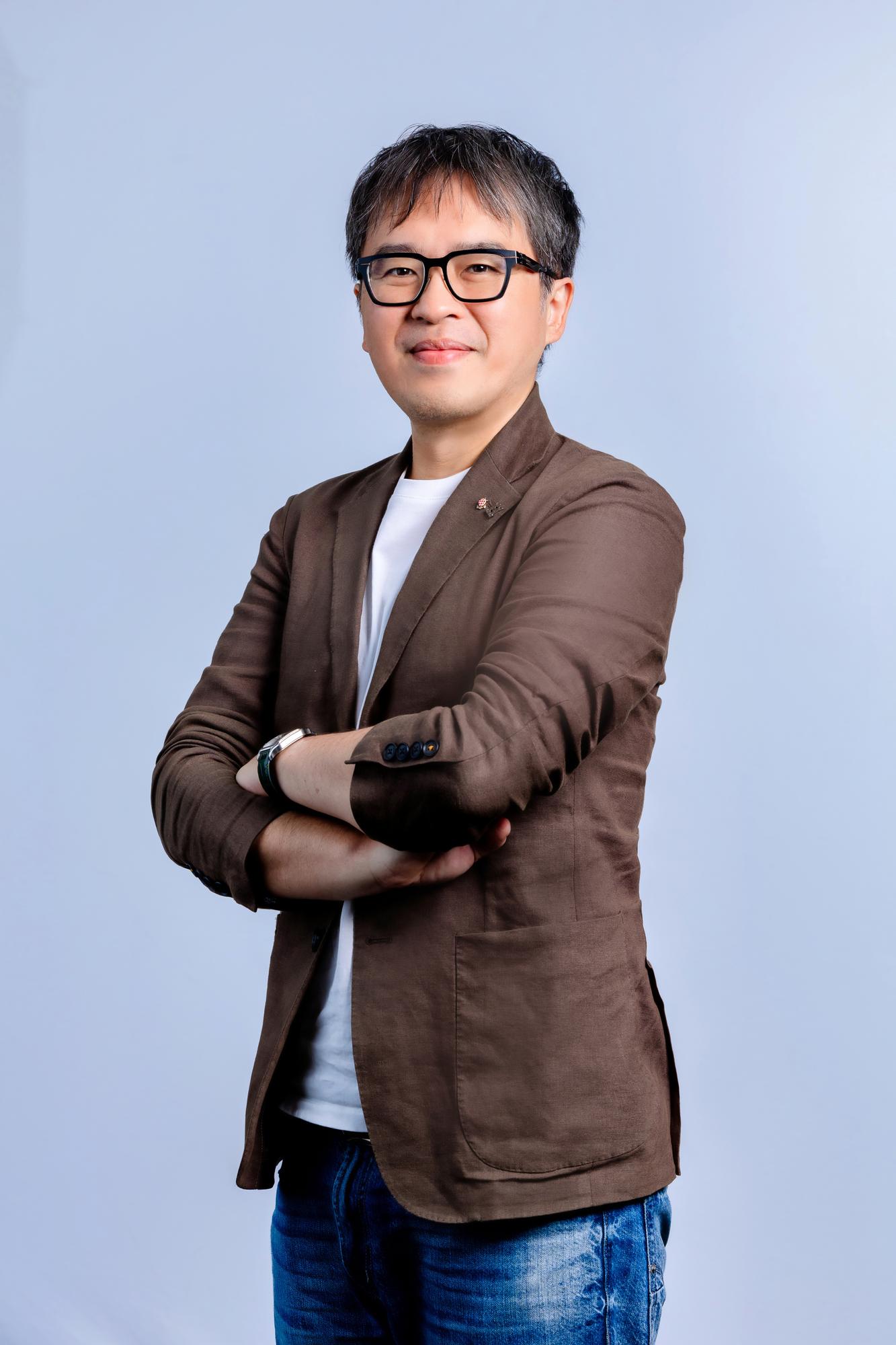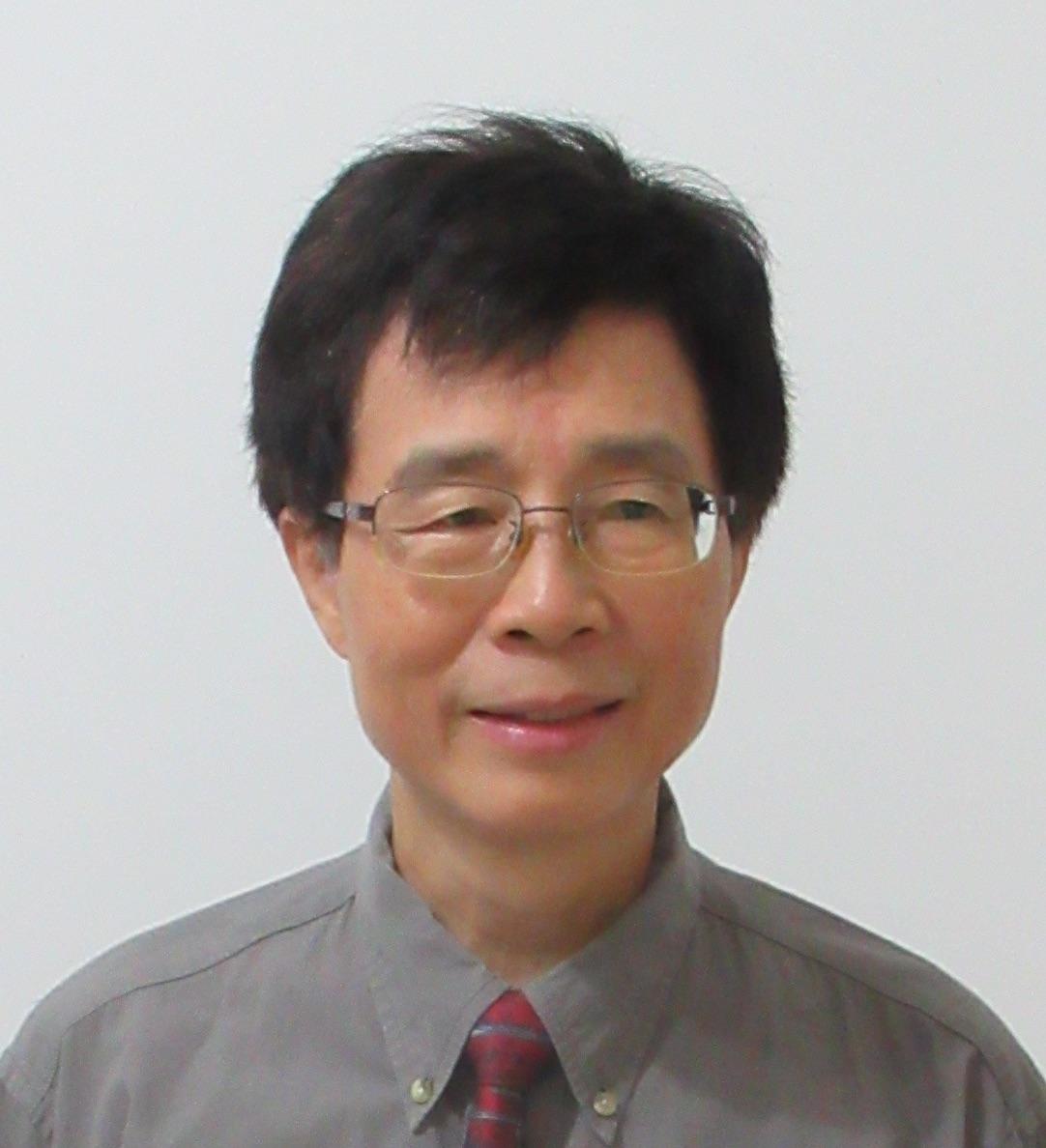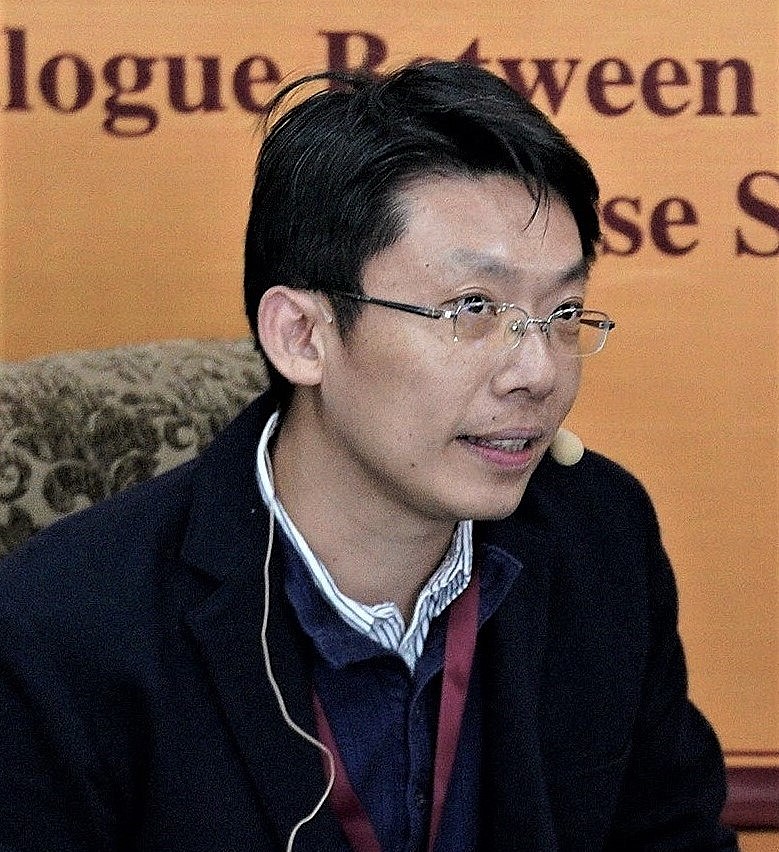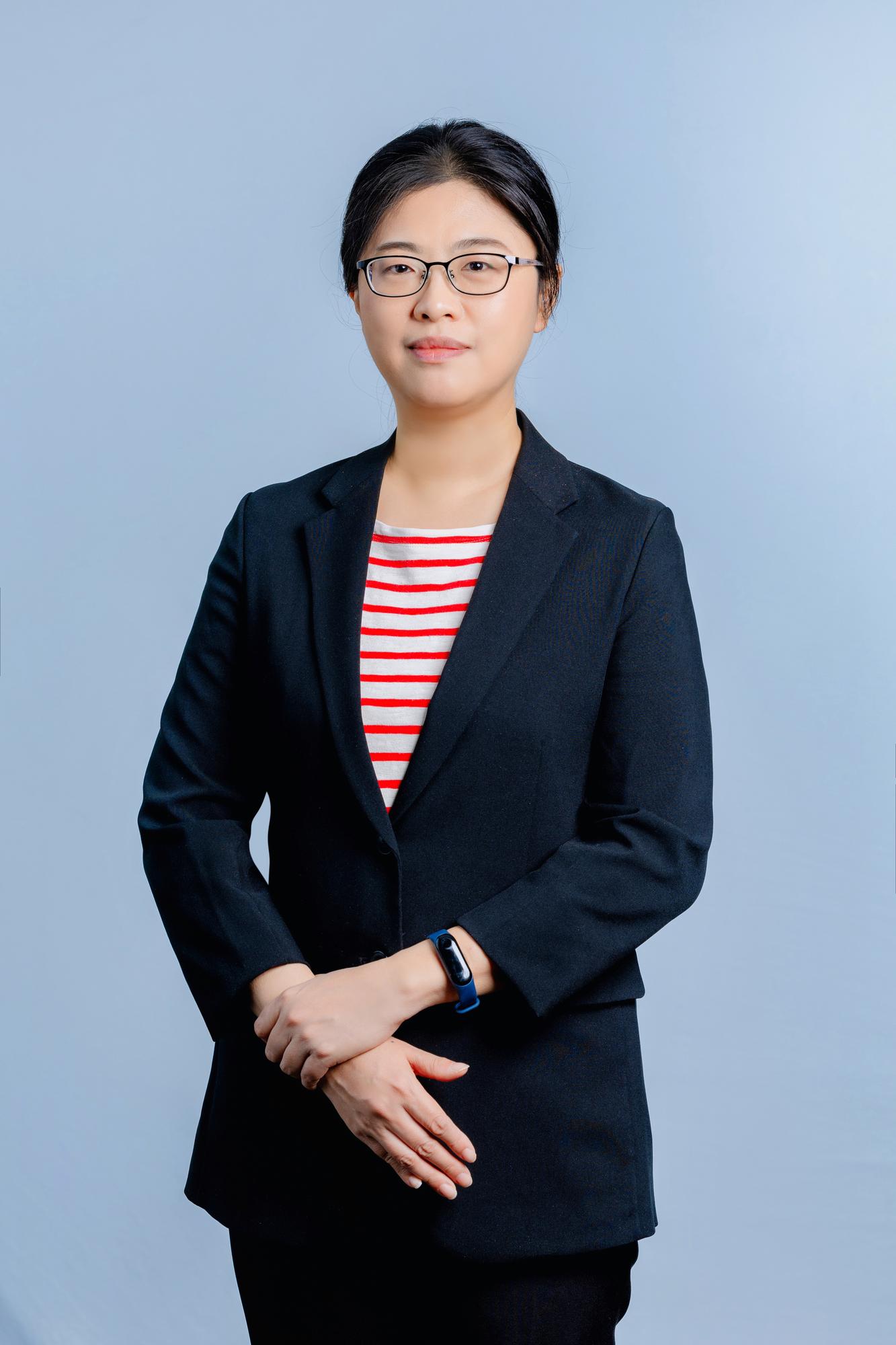Sensing
Quantum sensing uses quantum properties such as quantum interference, superposition, and entanglement to provide more accurate, stable, or even measurement advantages that some traditional sensing methods cannot achieve. Driven by the rapid development of nanoscience and solid-state quantum computers in recent years, the use of superconducting, semiconductor qubits and circuits to realize new quantum sensing has become possible.
We will focus on using circuit quantum electrodynamics systems (circuit QED) such as superconducting bit and superconducting resonator to conduct quantum sensing research on novel quantum materials and components, and explore the new physical mechanism. In addition, photons and material systems can also trigger ultra-strong couplings leading to completely new physical phenomena. These are new scientific development that have attracted global attention in recent years. At the same time, our world-leading technology in coherent spin manipulation of a single electron is another research direction. It is expected to use the controllable spin qubit to couple with the nanostructure system to be explored, and detect its quantum state. Establishing a quantum coupling system of superconducting, spin electrons and novel material materials, and using the electromagnetic field coherent coupling of electron charge and spin/valley with microwave cavity photons, allows us to explore the special quantum states of solid-state quantum material systems. It also enables us to develop new research methods and equipment to open up new fundamental scientific research field.





